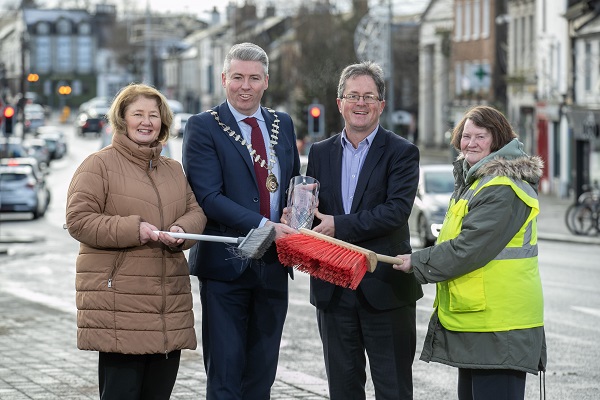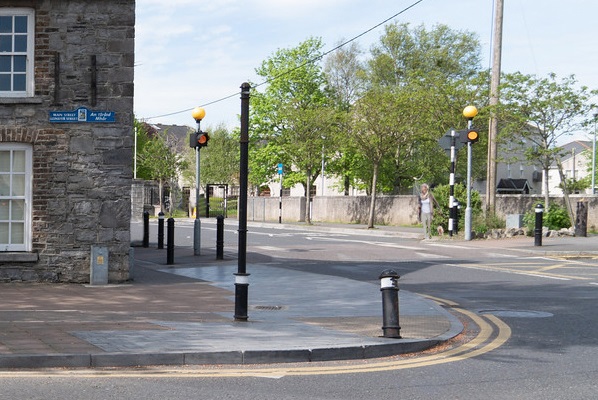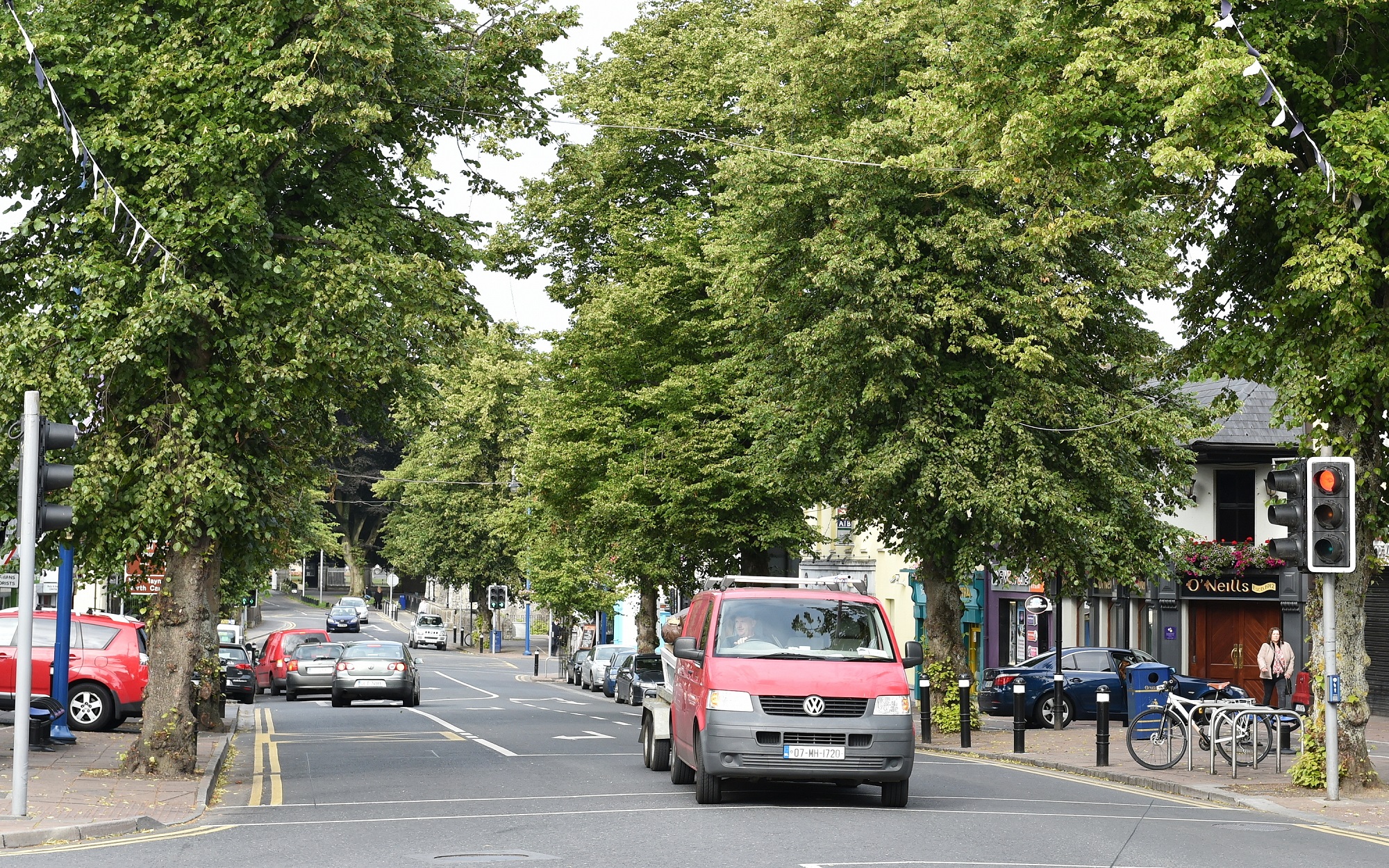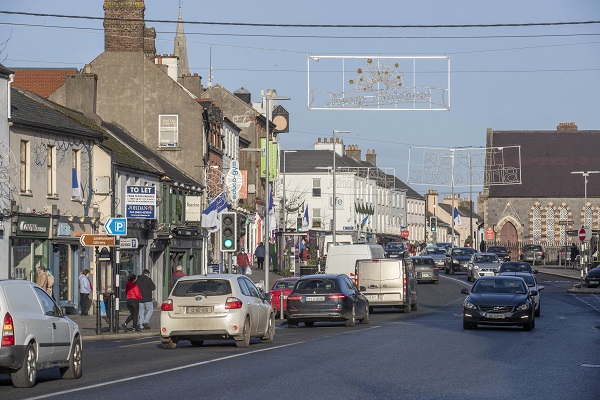
Fermoy is cleanest town in 2018 League as littered city areas fail to improve
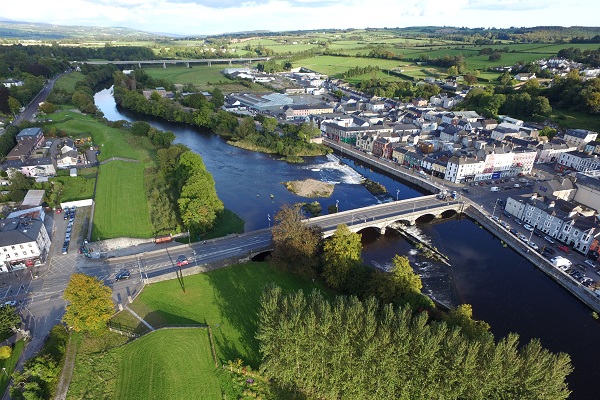
7 January 2019 – While almost all of Ireland’s main towns are clean, pockets of our cities continue to be littered and are not improving, according to the final litter survey of 2018 by business group Irish Business Against Litter (IBAL). Minister for Communications, Climate Action and Environment Richard Bruton, presented the awards at a ceremony today, crowning Fermoy as the cleanest town among those ranked according to litter levels in 2018, with Waterford City again Ireland’s cleanest city.
Minister Bruton said, “Combating litter is part of a much wider challenge – how we use our resources effectively and adapt to recognise environmental damage more generally. Litter is a very tangible, visible example of the kind of damage that is being done. It is vital that communities, businesses and local authorities in towns all across Ireland, work together to manage waste properly and reduce litter. I hope the recognition these awards provide spur others on to come together to make changes in their local areas.”
An Taisce, who carry out the surveys on behalf of IBAL, praised the Cork town as having ‘exceeded its usual high standards of cleanliness’ and adding “great care has been taken not just with regard to litter but also overall presentation.” Fermoy’s success, last achieved in 2007, will be marked by a specially commissioned public sculpture in the town this year to the value of €40,000.
Just under 90% of towns surveyed were deemed clean, a slight improvement on the previous year, with Athlone and Killarney finishing just behind Fermoy. While Galway City registered its best result in years, almost half of city areas were littered, among them Ballybane in Galway and Dublin’s North Inner City, which were both ‘seriously littered’. Ballymun, Cork’s Northside and Mahon were littered, while Dublin City Centre was again ‘moderately littered’.
Disadvantaged urban areas occupied the bottom five places in the rankings. “Three years ago we deliberately shone a spotlight on specific city areas in the hope that the attention would spur councils and communities into action,” commented Conor Horgan of IBAL. “It is fair to say we have seen no noticeable improvement in any of these areas – nor have we seen much by way of substantial measures to them turn around.”
“The historic development of large areas of social housing has shaped a “them and us” society and the gap is widening. Litter is a symptom of a greater malaise and keeping these areas as clean and well presented as the rest of a city would over time have significant benefits. We need local authorities to take the lead.”
Among the areas to come in for criticism in the An Taisce report was Dublin’s North Inner City, which suffered from litter blackspots on Oriel Street, Dunne Street, Sherrard Street Lr and Railway Street. Fana Glas in Ballybane was a litter blackspot, where “an air of neglect pervaded throughout”, with the communal areas ‘in very poor condition’. Ballymun’s result was brought down by dumping and burnt items at the former Towers and recycle facility at the Shopping Centre, while the Maples in Mahon in Cork was slammed as “not just littered but subject to dumping with soiled nappies strewn about. There were very heavy levels of all manner of litter throughout.”
The report on Cork’s Northside highlighted the North Ring Road as being ‘almost landfill-like’ in places and stated “long term littered sites that have been repeatedly highlighted in previous surveys are not being dealt with.”
“At a minimum these repeatedly littered sites, often subject to dumping, need to be targeted and cleaned up,” said Conor Horgan. “This would be the quickest and most efficient way to make inroads in these areas, but in many cases it is not happening.”
As runners-up, Athlone and Killarney will each receive a number of Norway maple trees to enhance the local environment, courtesy of the Irish Tree Centre in Cork.

